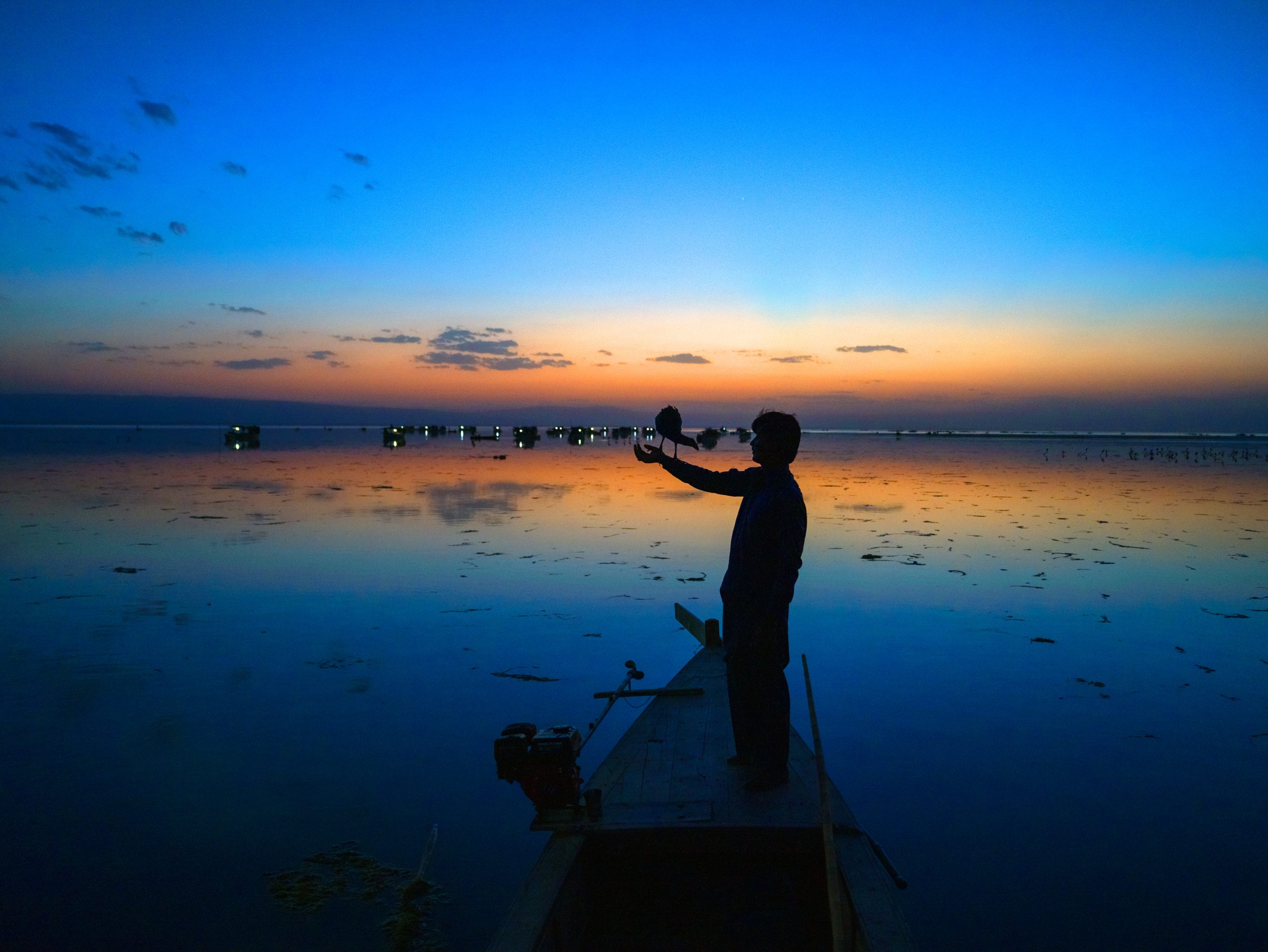
How to film on water (Lessons from Moklani)
Filming on water looks magical on screen but it’s one of the most demanding environments a filmmaker can work in. From unpredictable weather to equipment risks and logistical roadblocks, shooting a lake-based documentary requires both preparation and adaptability.
At Jawad Sharif Films, our team learned this firsthand while shooting Moklani, a feature documentary set on Manchar Lake, one of Pakistan’s largest and most ecologically fragile freshwater lakes. Directed by award-winning filmmaker Jawad Sharif, the project pushed our limits in every way and gave us valuable lessons we’d like to share with fellow creators.
1. Plan for the Unpredictable
Water has its own rhythm and so does the weather above it. When filming on a lake, always build in flexibility. Weather changes rapidly and lighting shifts dramatically. During Moklani, temperatures rose above 43°C in July, forcing us to rework shooting schedules to protect both equipment and crew.
Tip: Carry weather-resistant gear, solar chargers, and have backup batteries for cameras and audio equipment. The less you rely on external infrastructure, the better.
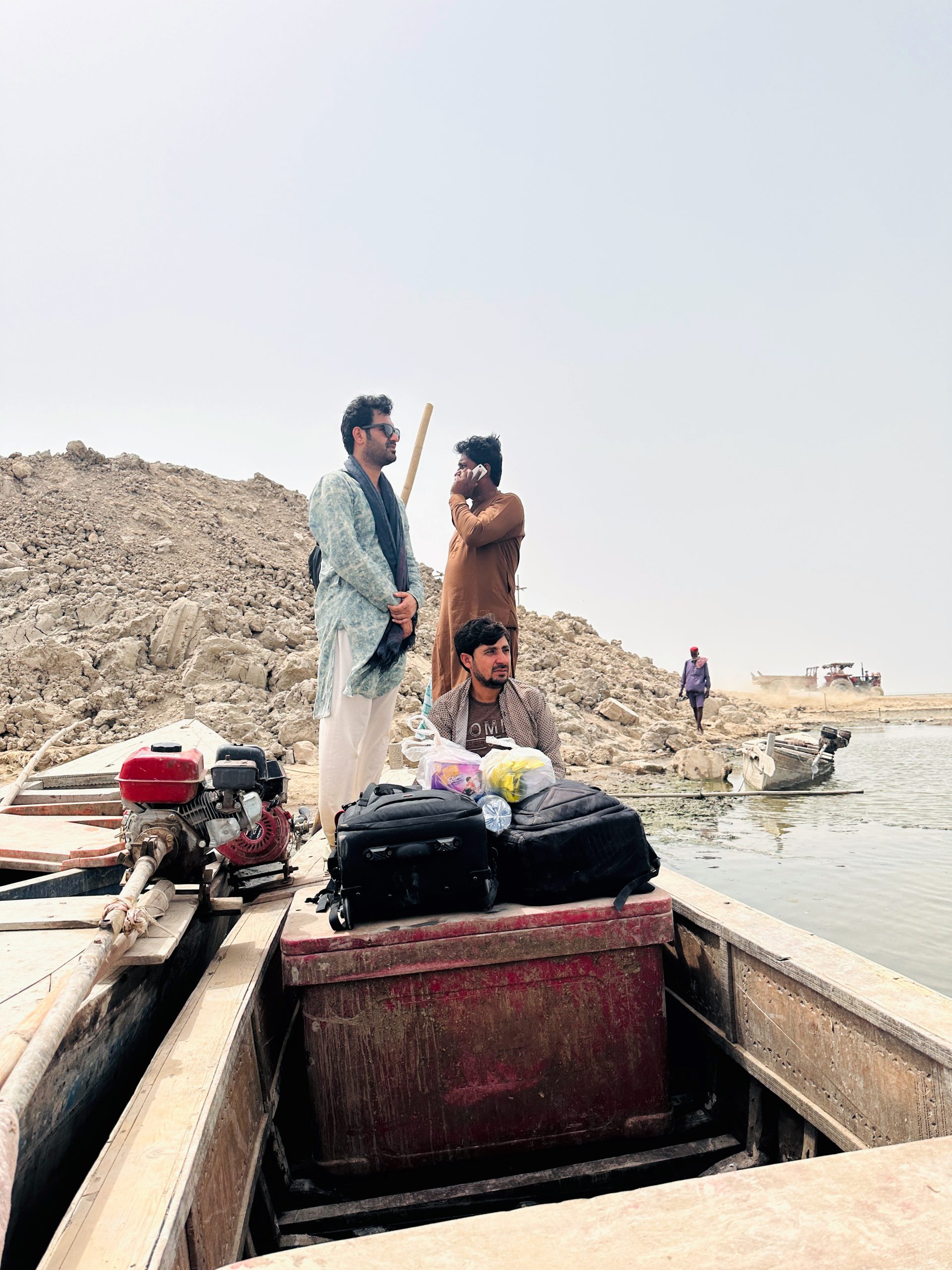
2. Scout and Build Local Trust Early
You can’t film people you don’t understand. Before we ever rolled a camera, our team took time to build relationships with the Mohana community, who live entirely on Manchar Lake. Known to be a close-knit community, they eventually trusted us with their stories and their boats.
Tip: Hire local interpreters and cultural mediators. In Moklani, having a female producer made it possible to gain rare access to Mohana women, whose lives are usually hidden from outsiders.
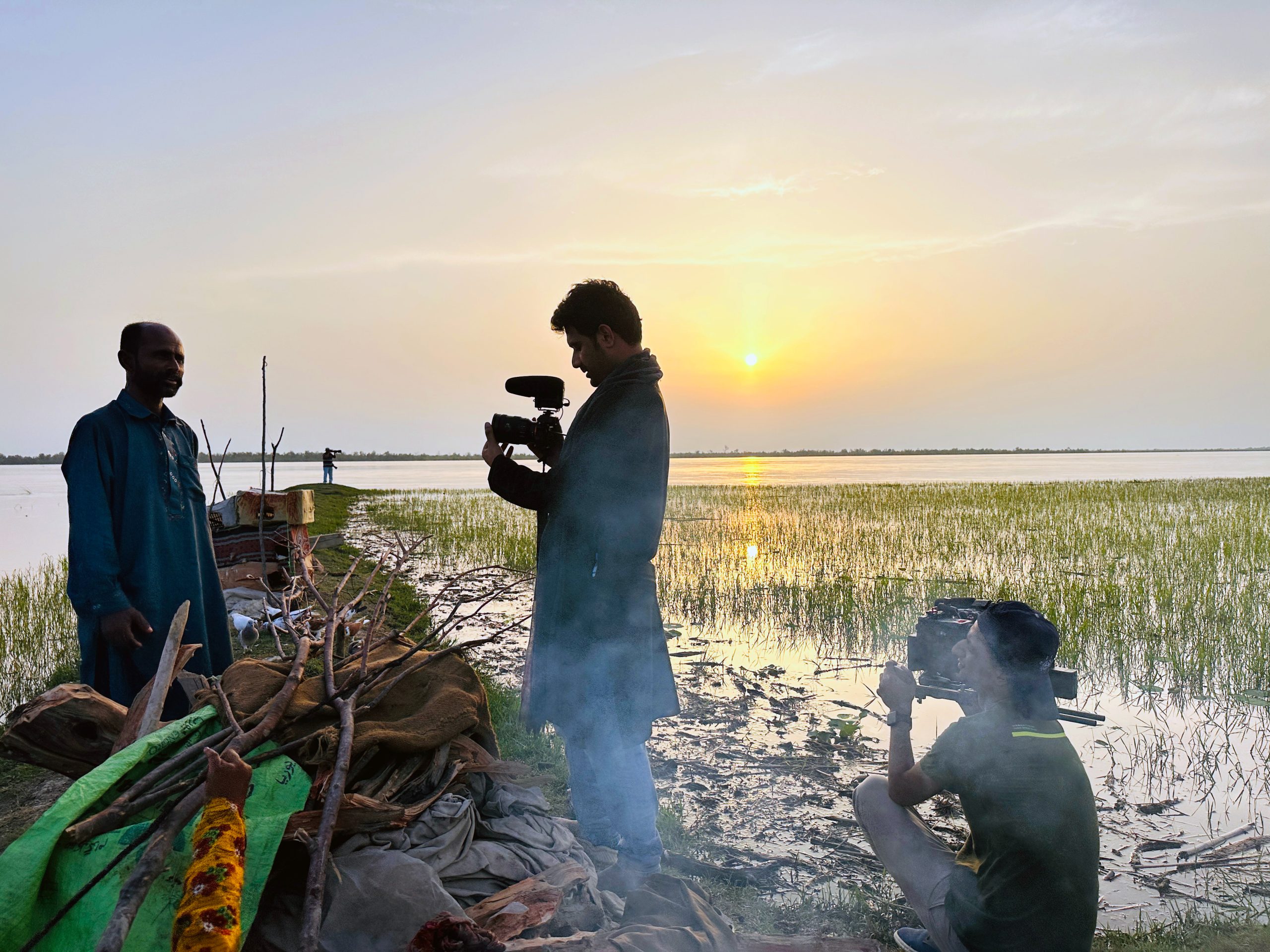
3. Balance Story with Safety
Water can be beautiful but also dangerous. During night shoots for migratory birds, we lost a drone to the lake. Boats were the only way to transport equipment, and safety precautions were vital.
Tip: Use waterproof cases and flotation devices for cameras. Always plan exits and never shoot on water without a local guide.
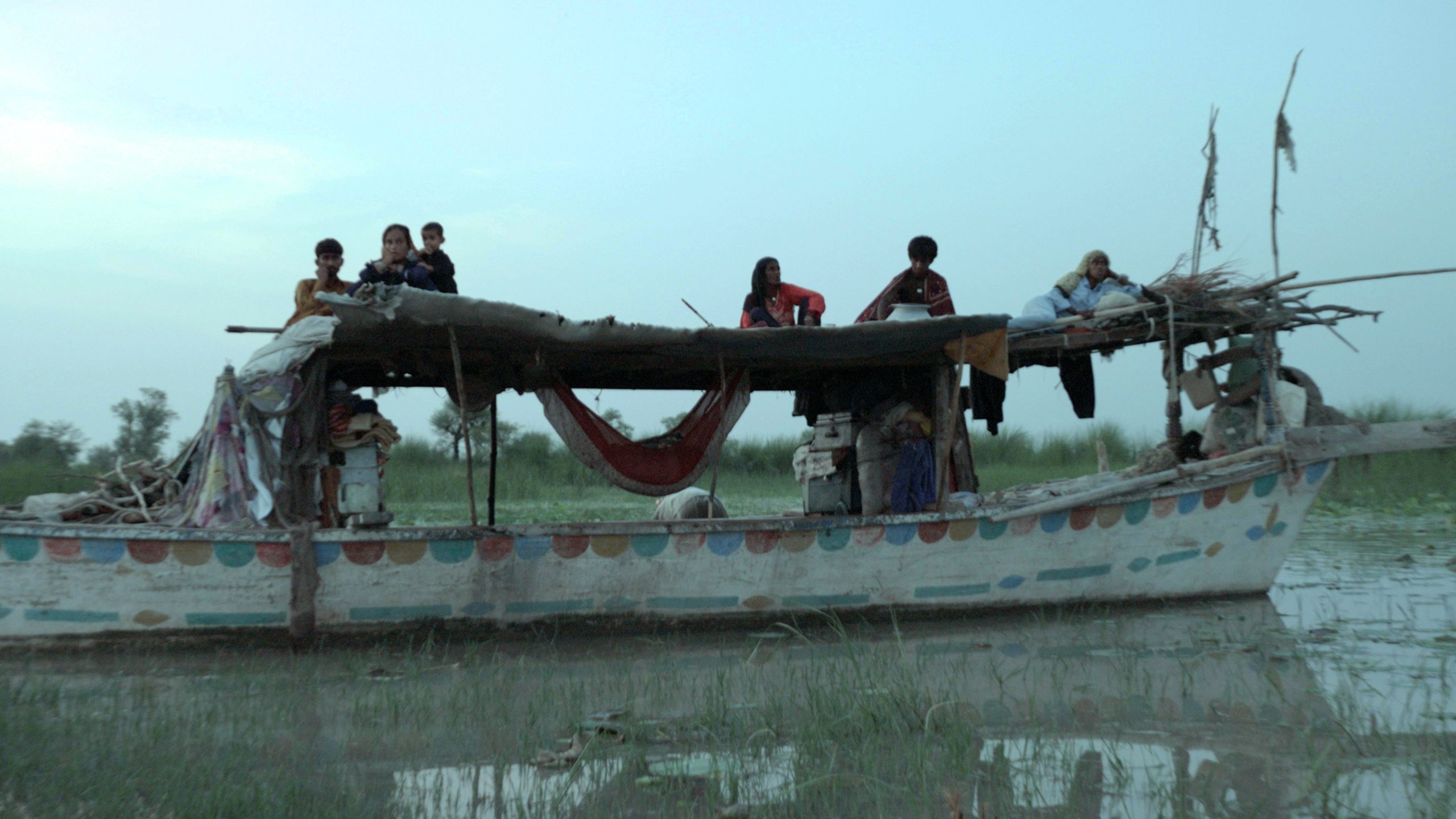
4. Be Creative with Repetition
Water bodies often present visual monotony with endless sky and ripples. During the edit for Moklani, we realized how crucial it was to capture texture—reflections, hands at work, rituals, birdlife, and emotional close-ups.
Tip: Vary your shots with reflections, underwater footage, slow motion, and drone angles. Look for micro-stories within the landscape.
5. Expect the Unexpected in Remote Locations
No clean water. No network. No shade. These were constants in our shoot. Our team adapted by carrying all essentials, including water, power, food, and camping gear.
Tip: Treat every day like a self-contained expedition. Have printed shot lists and hard drive backups, you won’t always have a signal or cloud access.
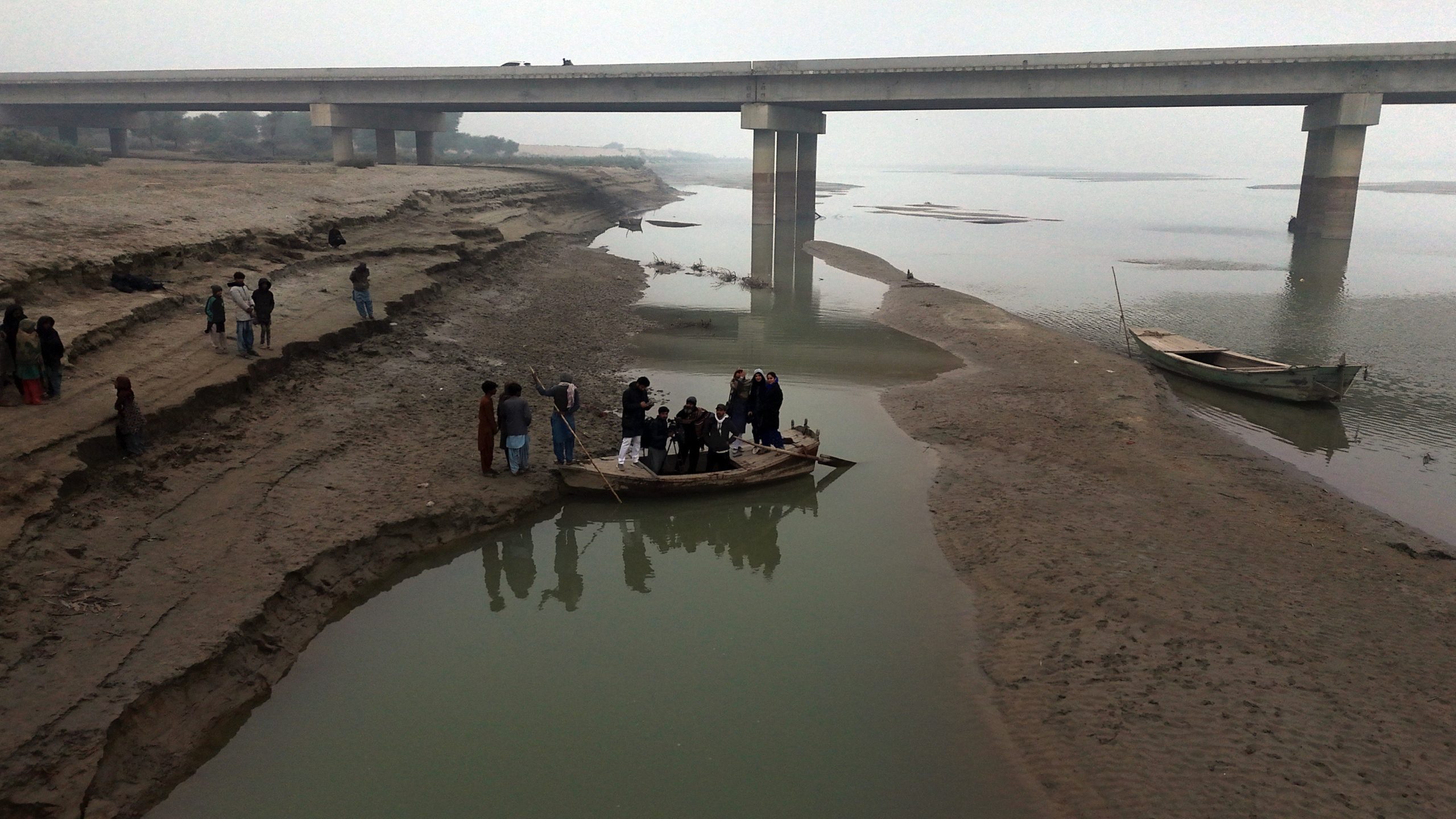
Final thoughts
Whether you’re filming a lake in Pakistan or a wetland elsewhere, preparation, respect for the environment, and a willingness to adapt are your greatest tools.
If you’re looking to produce a documentary that blends cinematic craft with deep social insight, get in touch with Jawad Sharif Films. With proven expertise in navigating complex locations, working with vulnerable communities, and telling human-centered stories, our team is equipped to bring powerful, meaningful narratives to life, no matter how remote the setting.
Interested in making a film with us, please reach out
